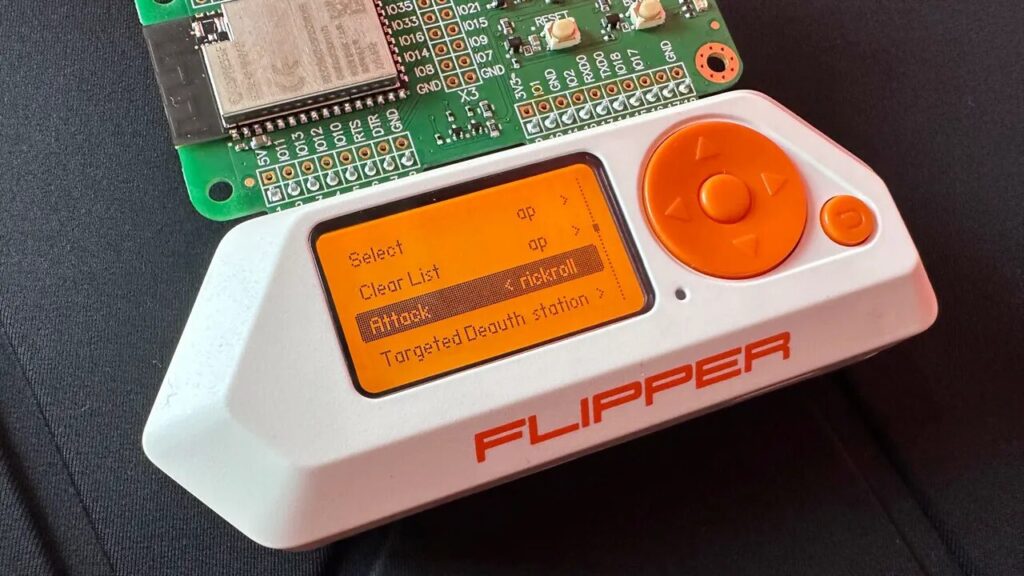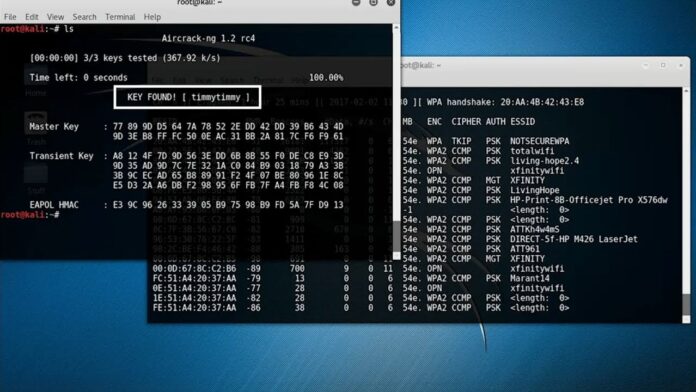In today’s hyper-connected world, access to Wi-Fi has become a necessity. However, the security of these networks can sometimes be compromised. This article explores how Wi-Fi networks can be hacked, emphasizing the importance of securing your connection against such threats.
Understanding Wi-Fi Security

Wi-Fi networks are typically protected by security protocols such as WEP, WPA, and WPA2. Each of these protocols has varying levels of security:
- WEP (Wired Equivalent Privacy): This is the oldest and least secure. It can be cracked relatively easily with modern tools.
- WPA (Wi-Fi Protected Access): More secure than WEP, but vulnerabilities still exist.
- WPA2: Currently the most secure standard for Wi-Fi networks, although it is not impervious to attacks.
Common Methods of Wi-Fi Hacking
1. Using a Network Adapter in Monitor Mode
To hack a Wi-Fi network, a network adapter that supports monitor mode is essential. This mode allows the adapter to capture all wireless traffic in its range.
2. Cracking WEP Encryption
Despite being outdated, many networks still use WEP. Here’s a simplified process for cracking WEP encryption:

- Capture Traffic: Use tools like Aircrack-ng to capture packets from the target network.
- Analyze Packets: The captured data is then analyzed to find the encryption key.
- Decrypt Key: Use the captured packets to decrypt the WEP key using Aircrack-ng or similar tools.
3. Breaking WPA/WPA2 Encryption with a Dictionary Attack
WPA and WPA2 are more secure but still vulnerable to dictionary attacks:
- Handshake Capture: First, capture the 4-way handshake between the router and a connected device using tools like Airodump-ng.
- Dictionary Attack: Use a tool like Aircrack-ng to attempt to crack the handshake with a precompiled list of passwords (a dictionary).
4. Exploiting WPS Vulnerability
Many routers have a WPS (Wi-Fi Protected Setup) feature for easy connections. WPS has a known vulnerability that can be exploited:

- Reaver Tool: Use the Reaver tool to exploit the WPS vulnerability and retrieve the WPA/WPA2 password.
Ethical Considerations
While understanding Wi-Fi security vulnerabilities is important, it is crucial to use this knowledge ethically. Unauthorized access to Wi-Fi networks is illegal and can result in severe penalties. The purpose of this information is to educate users about potential security risks and encourage them to secure their networks effectively.
Securing Your Wi-Fi Network
Here are some steps to protect your Wi-Fi network from being hacked:
- Use Strong Passwords: Ensure your Wi-Fi password is long, complex, and unique.
- Disable WPS: Turn off WPS to prevent easy exploitation.
- Update Firmware: Keep your router’s firmware up to date to patch known vulnerabilities.
- Use WPA3: If your router supports it, upgrade to WPA3 for enhanced security.
- Enable Network Encryption: Ensure that your network uses WPA2 or WPA3 encryption.

Conclusion
While hacking Wi-Fi networks can be done with the right tools and knowledge, it is illegal and unethical to access networks without permission. Understanding these vulnerabilities is crucial for improving your own network security. Always use your skills responsibly and focus on strengthening your defenses against potential attacks.

